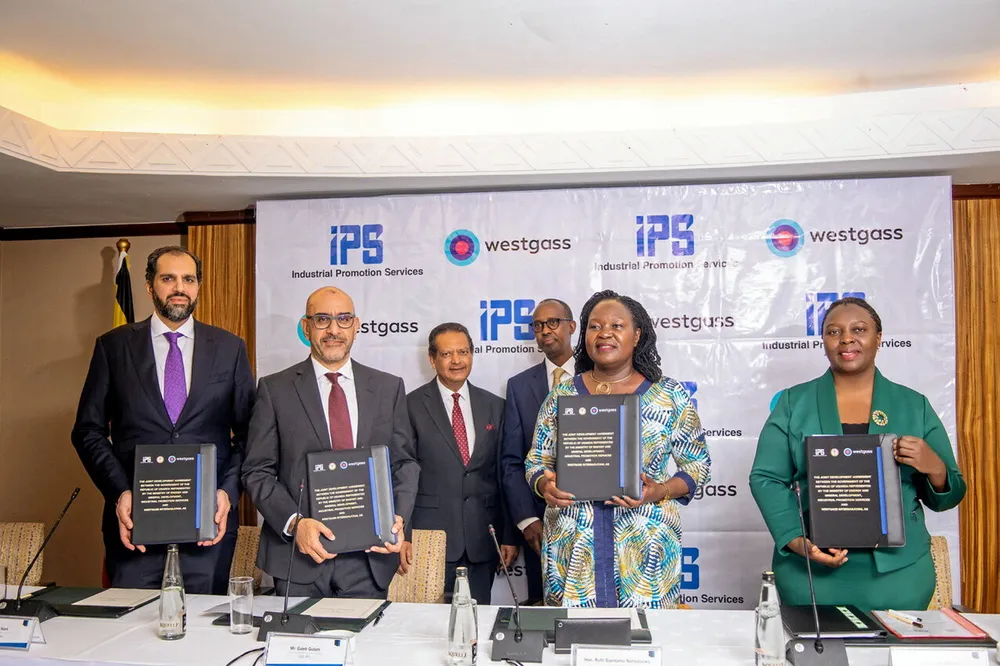Uganda unveils $400m green hydrogen-based fertiliser project, backed by Norwegian state funds
The developers plan to draw 100MW of electricity from the long-delayed Karuma Hydro Power Station

The developers plan to draw 100MW of electricity from the long-delayed Karuma Hydro Power Station
